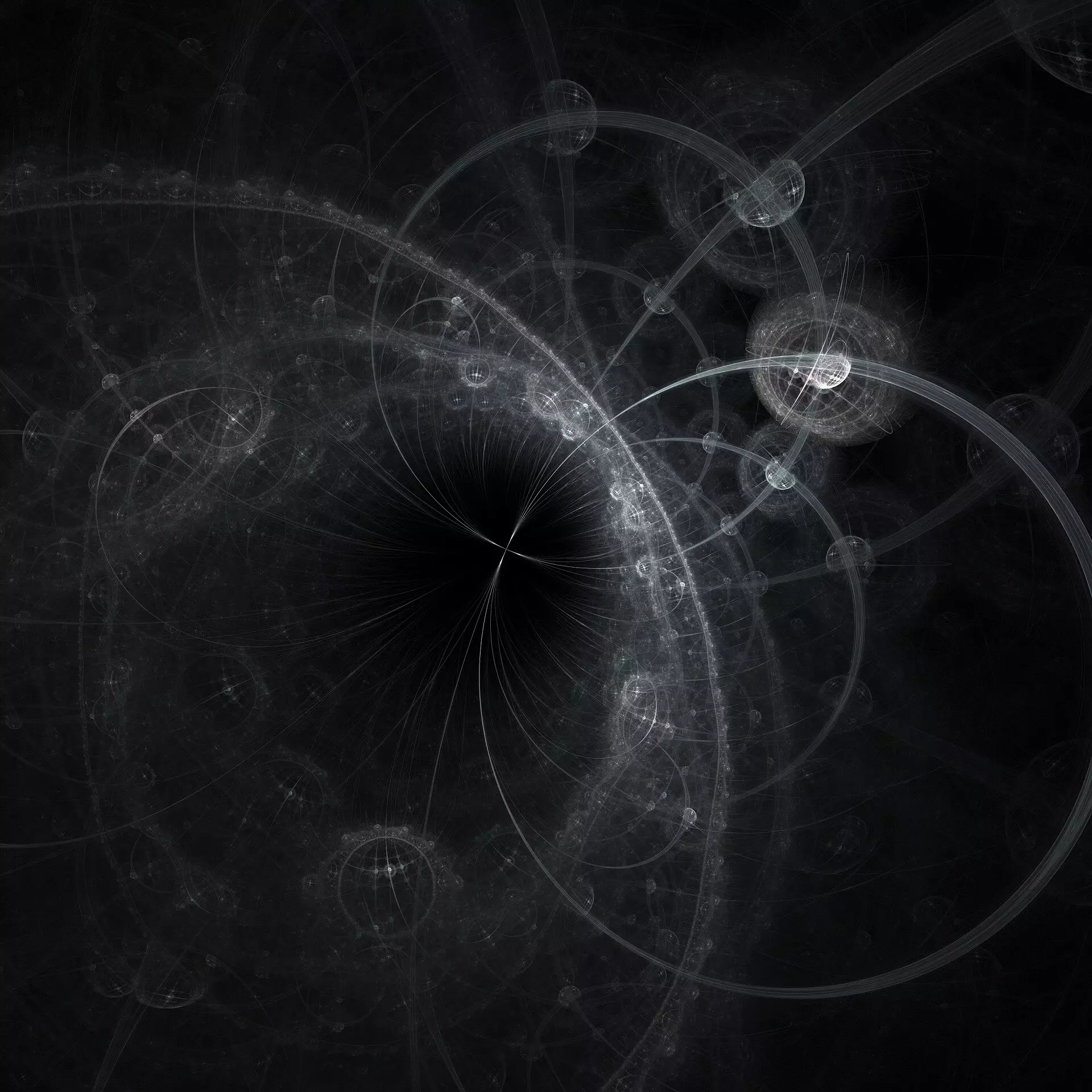In a phenomenal breakthrough that could reshape our understanding of the universe, scientists working with the NA62 collaboration at CERN have made a remarkable observation: the ultra-rare decay of charged kaons. The decay process involves a charged kaon (K+) transforming into a charged pion ((pi^+)) along with a pair of neutrinos (neutrino-antineutrino pair). This event—predicted by the Standard Model of particle physics to occur fewer than once in 10 billion decays—has only recently been observed experimentally. Such extreme rarity in particle behavior invites questions and provides critical pathways to exploring physics that extend beyond the limits of contemporary theories.
Causing reverberations through the scientific community, the NA62 experiment was expressly designed to measure this decay involving kaons. These particles are produced in staggering numbers at CERN, thanks to the high-intensity proton beam from the Super Proton Synchrotron colliding against a stationary target. With an output of nearly a billion particles per second, each second produces a multitude of secondary particles, of which charged kaons make up about 6%. The sophisticated NA62 detector captures these kaons and their decay signatures with an unmatched level of precision, although the elusive neutrinos themselves evade direct detection and create gaps in energy measurements often referred to as ‘missing energy.’
Professor Cristina Lazzeroni of the University of Birmingham expressed immense pride and excitement about the collaboration’s achievement, emphasizing that this measurement establishes K+ → π+νν̄ as the rarest decay to reach validation at a discovery level, known scientifically as 5 sigma. This level of confidence in the result reflects meticulous teamwork and years of rigorous research.
The path to this momentous discovery is steeped in dedication and ambition. The NA62 endeavor has been underway for over a decade, as Professor Giuseppe Ruggiero from the University of Florence notes. The team has painstakingly pursued this elusive decay process, sifting through improbable events occurring with a probability of about 10^-11. Their extraordinary perseverance has culminated in a revelation that has reignited fascination around the fundamental forces and particles that comprise our universe.
Recent upgrades to the NA62 setup—implemented in the data collection period from 2021 to 2022—facilitated operation at an enhanced beam intensity. Several advancements in detector technology allowed for a substantial increase in the identification of signal candidates, achieving a 50% increase in detection rates while simultaneously improving background noise suppression. Such technological advancements are critical for a project dealing with extremely rare events and demonstrate the dynamic nature of modern particle physics.
The investigation into the K+ → π+νν̄ decay transcends mere curiosity; it holds profound implications for the future of particle physics. The decay channel exhibits sensitivity to new theories beyond the Standard Model—a framework that has defined particle interactions but faces limitations in explaining certain phenomena. Preliminary analysis indicates that while the measured fraction of kaons decaying into a pion and couple of neutrinos matches the Standard Model predictions, it is approximately 50% higher than expected. This discrepancy may hint at the existence of unknown particles that could adjust the probabilities of such decay events.
Among the leading scientists championing this study is Professor Evgueni Goudzovski, who commended their team’s focus on integrating promising early-career researchers into significant roles, underscoring an environment that fosters innovation. The energetic collaboration at the heart of NA62 not only aims to clarify the current results but seeks to explore additional data that could either corroborate or refute the potential of ‘new physics.’ As data collection continues, scientists are hopeful that new insights into the nature of reality could emerge within the coming years.
The discovery of this ultra-rare kaon decay at CERN marks an exciting milestone in our quest to understand the building blocks of the universe. By shining a light on the rarest interactions and asserting new methodologies to analyze what’s beneath the surface, physicists worldwide remain poised to delve deeper. The NA62 experiment exemplifies collaboration and innovation in a field that continually seeks to challenge and expand the horizons of human knowledge. As we await further results, the excitement within the scientific community continues to mount as we stand on the brink of unraveling the mysteries of the cosmos.


Leave a Reply